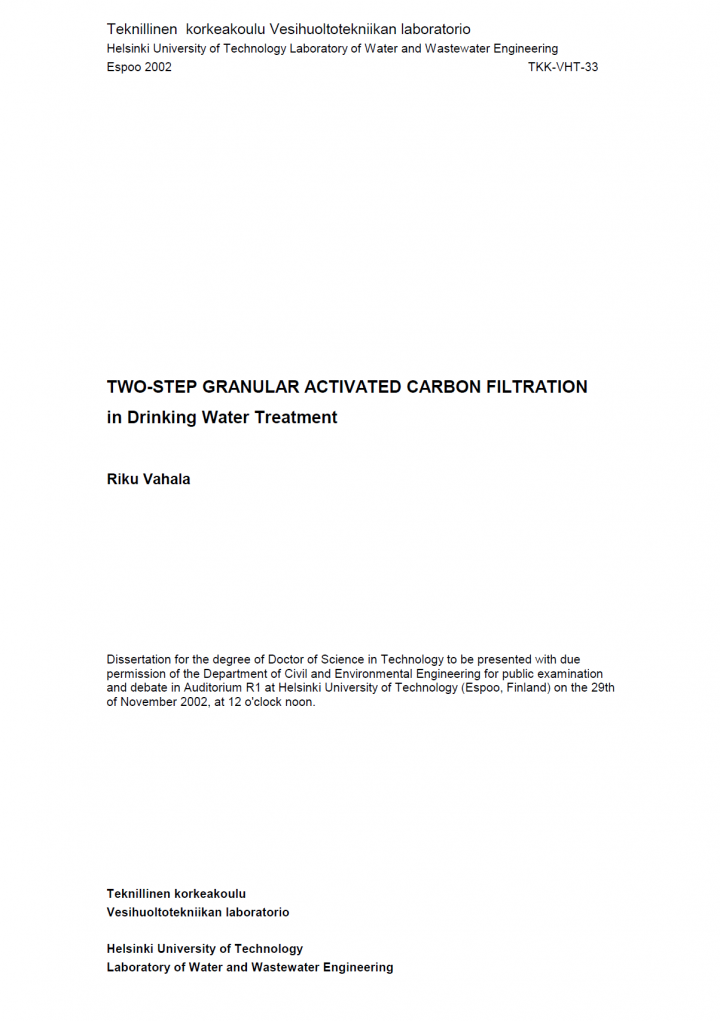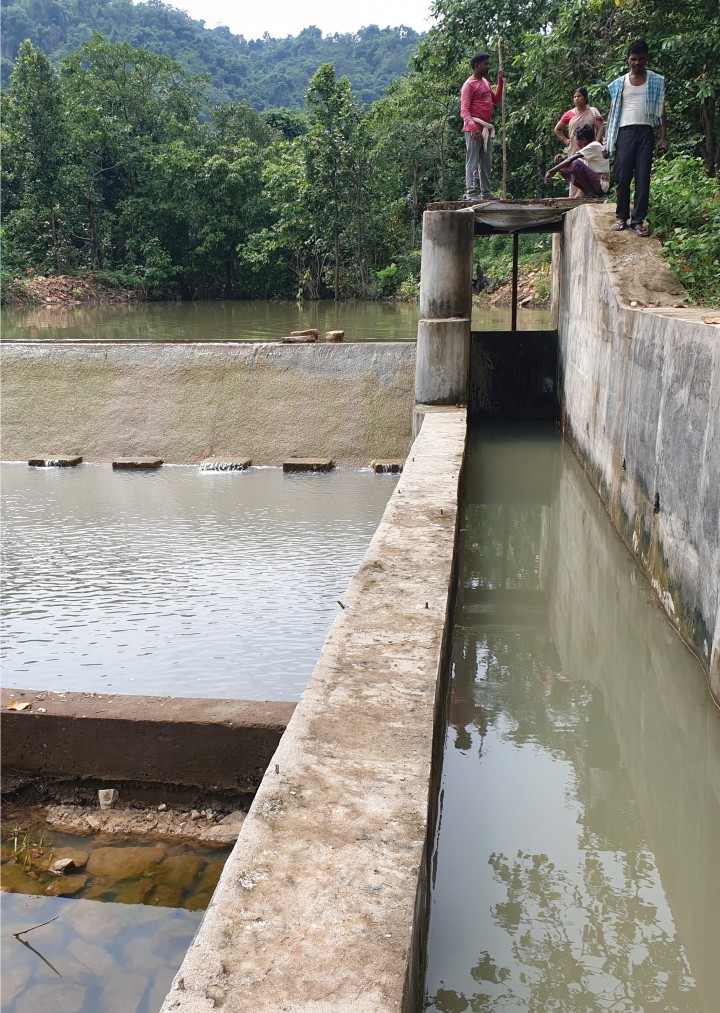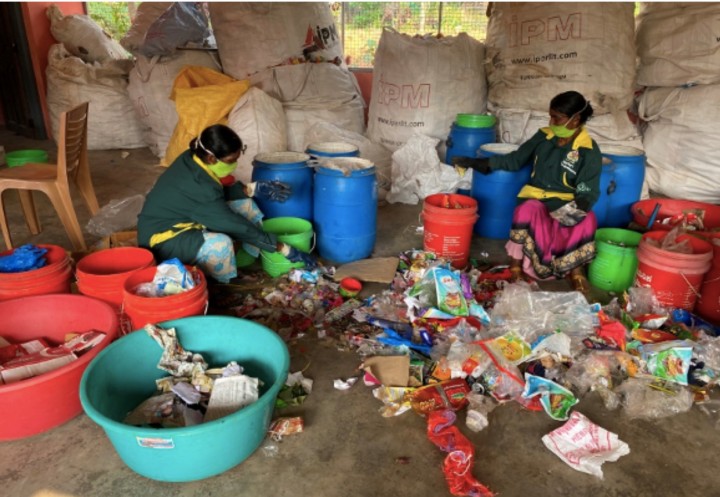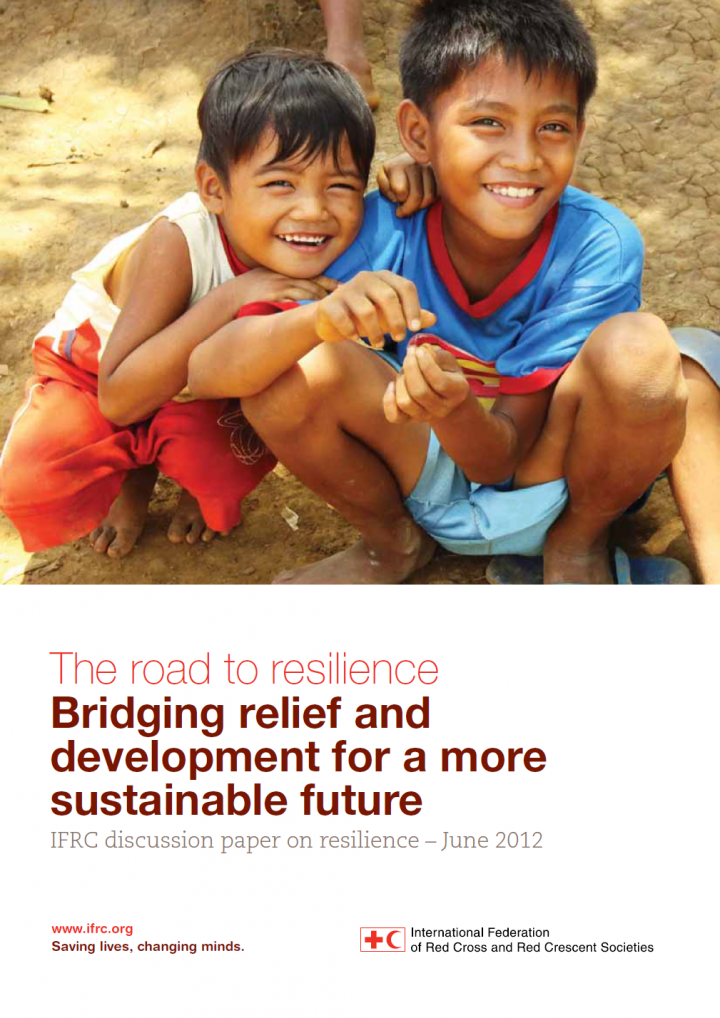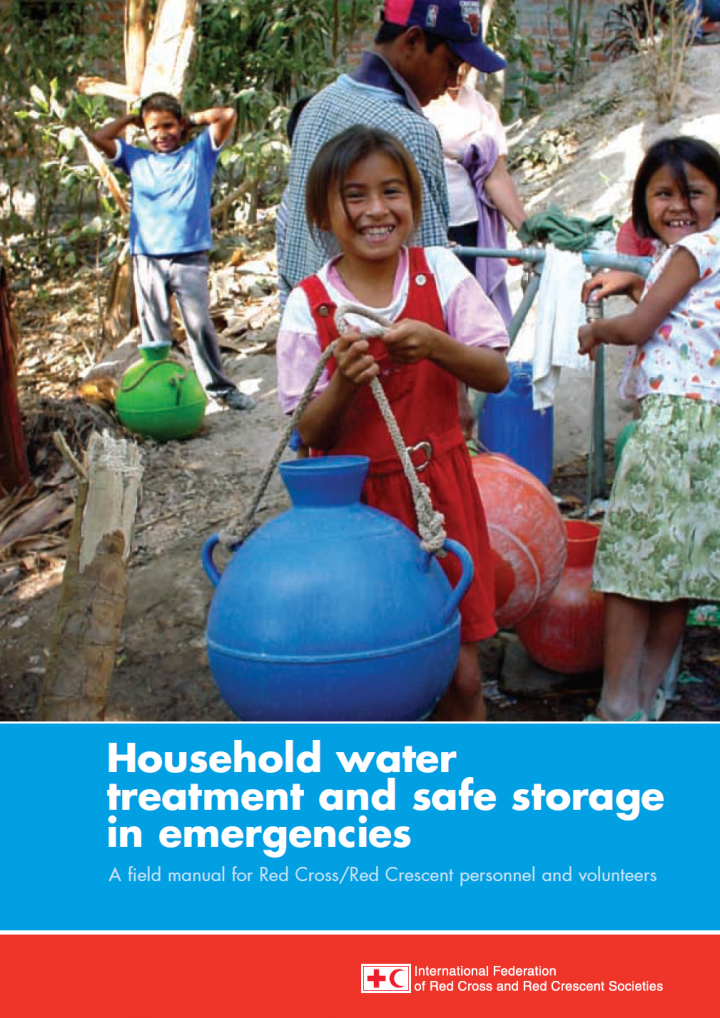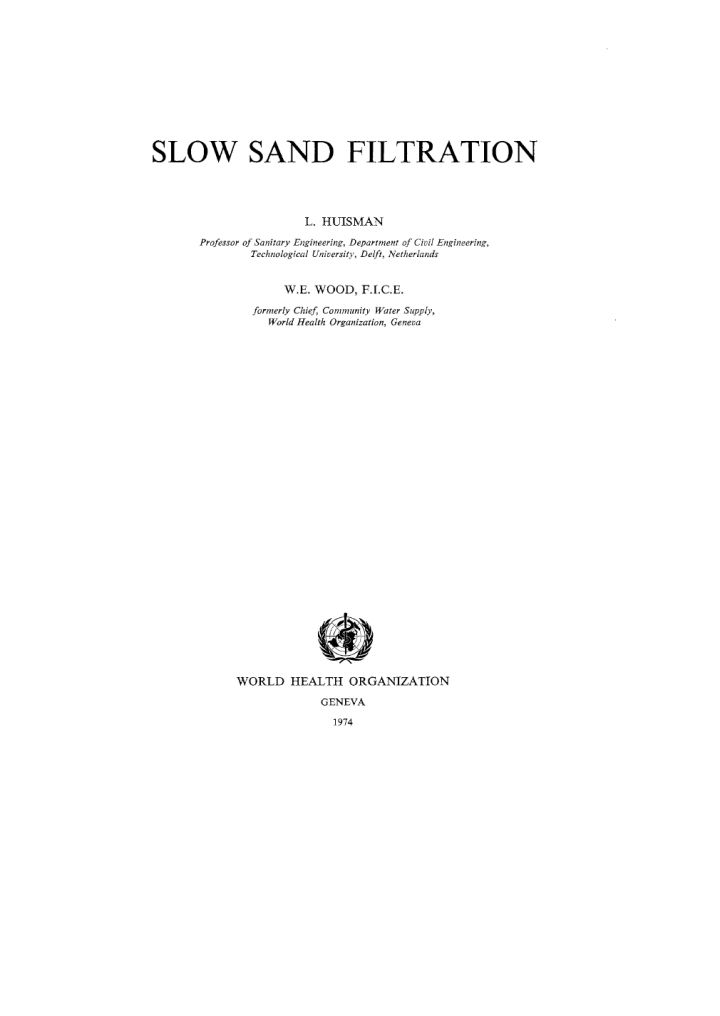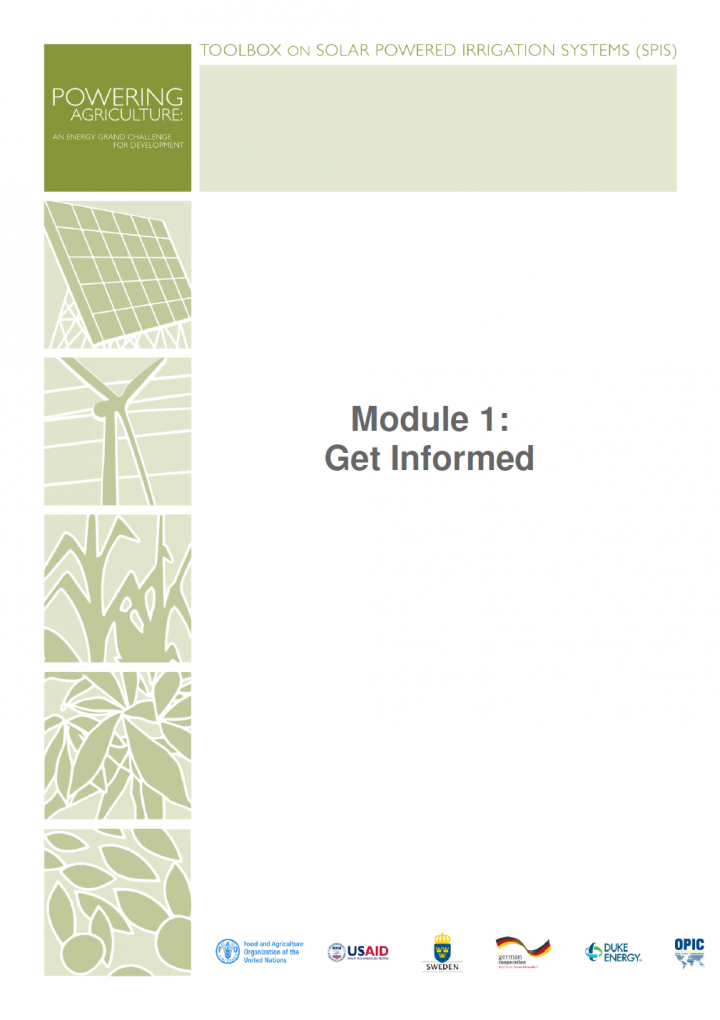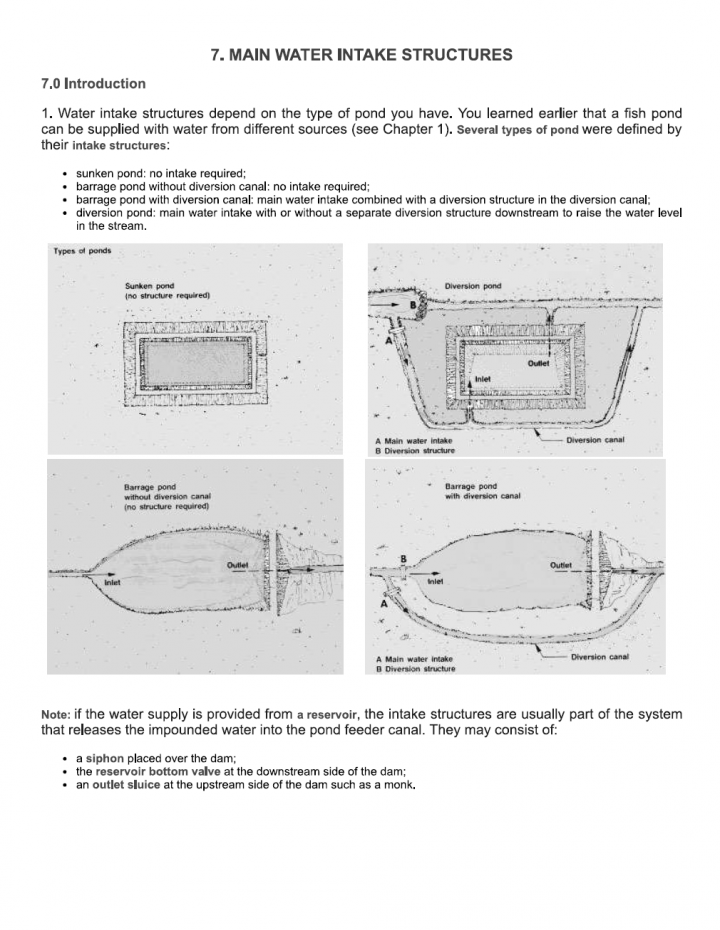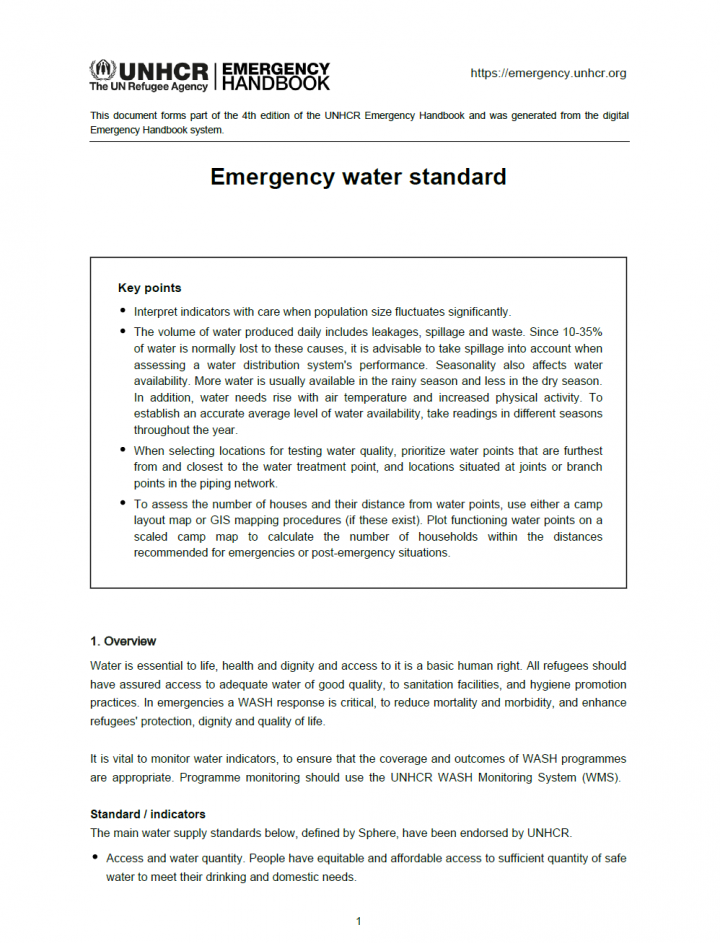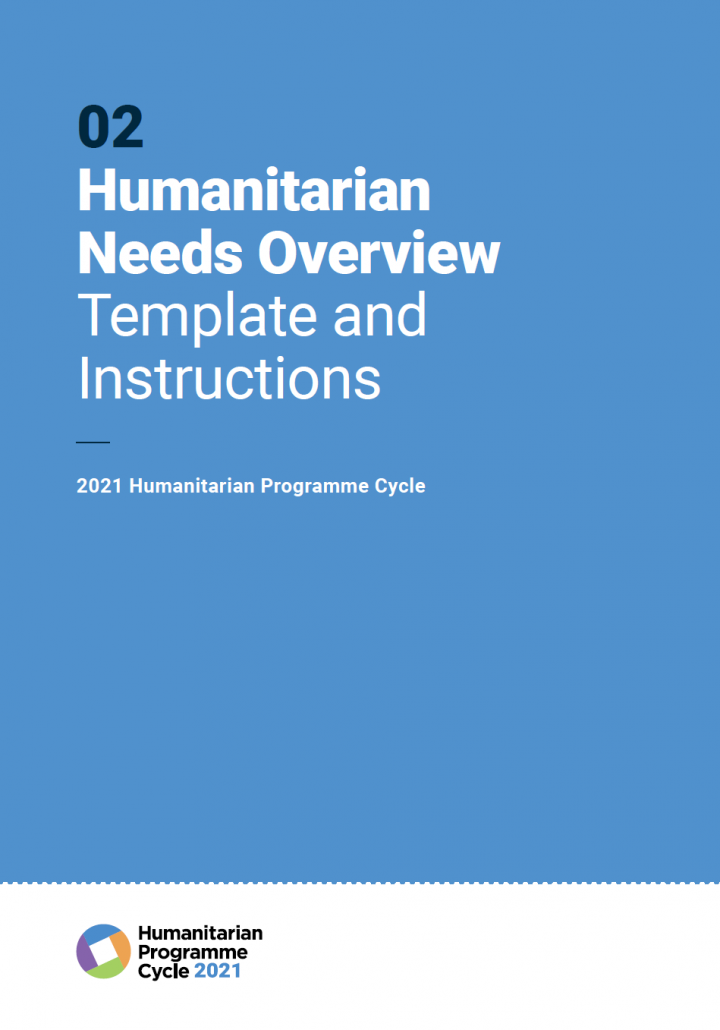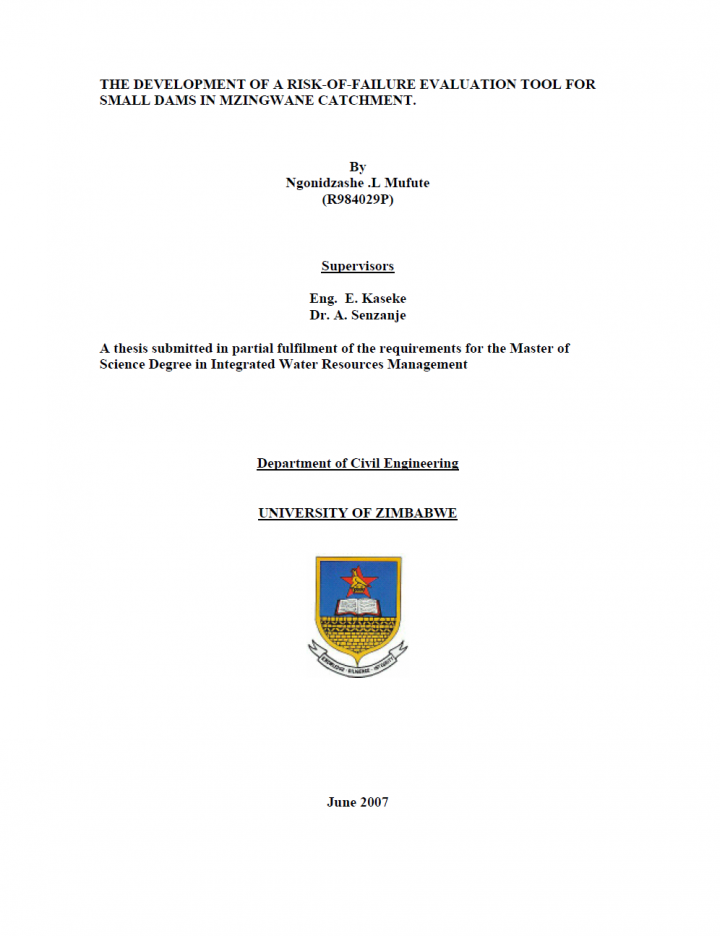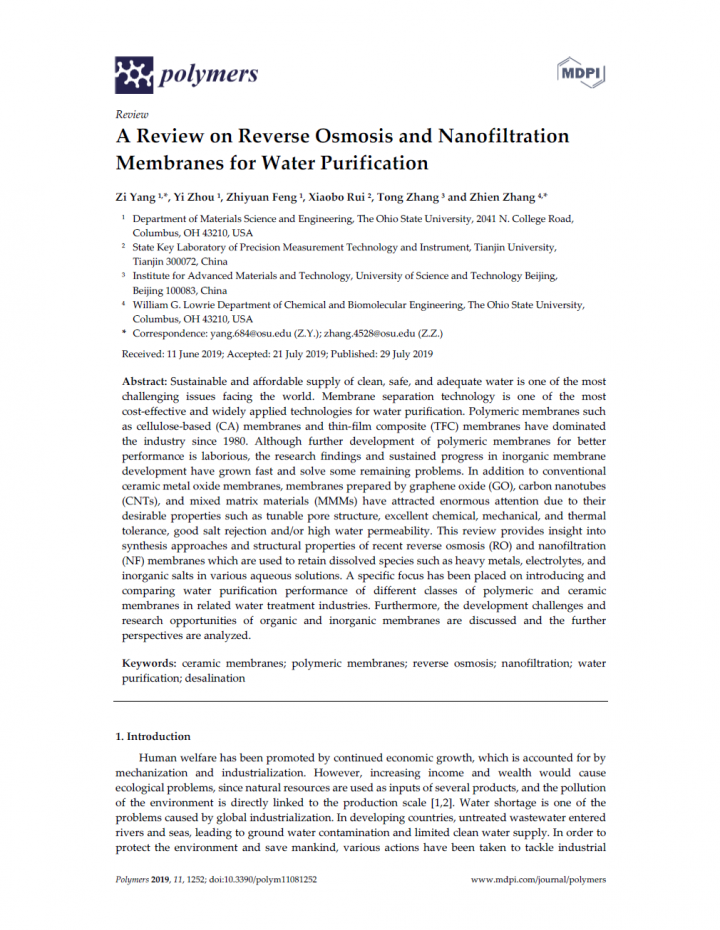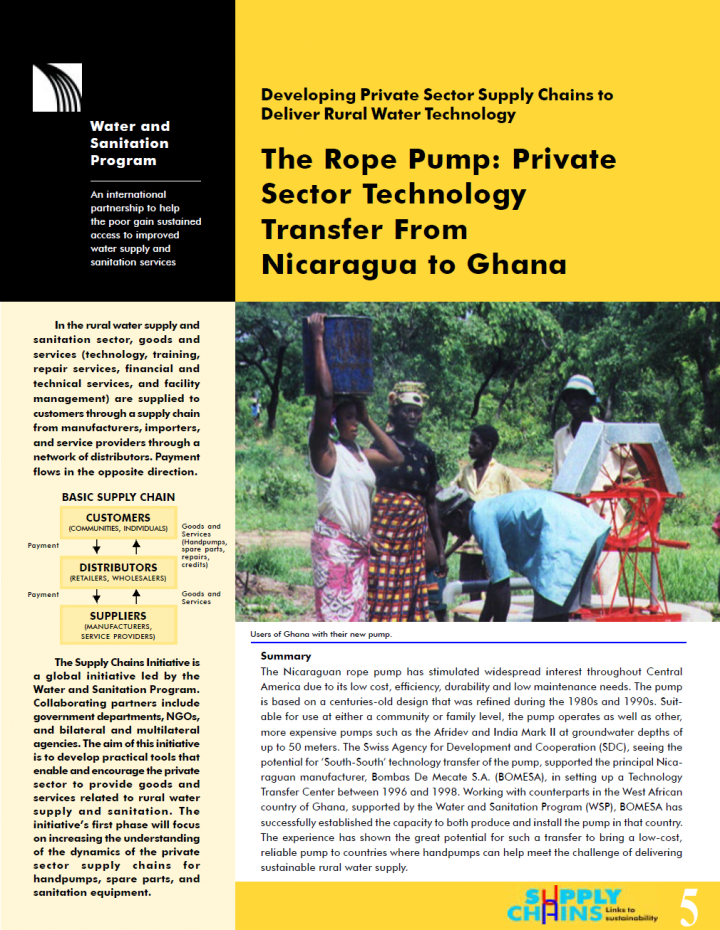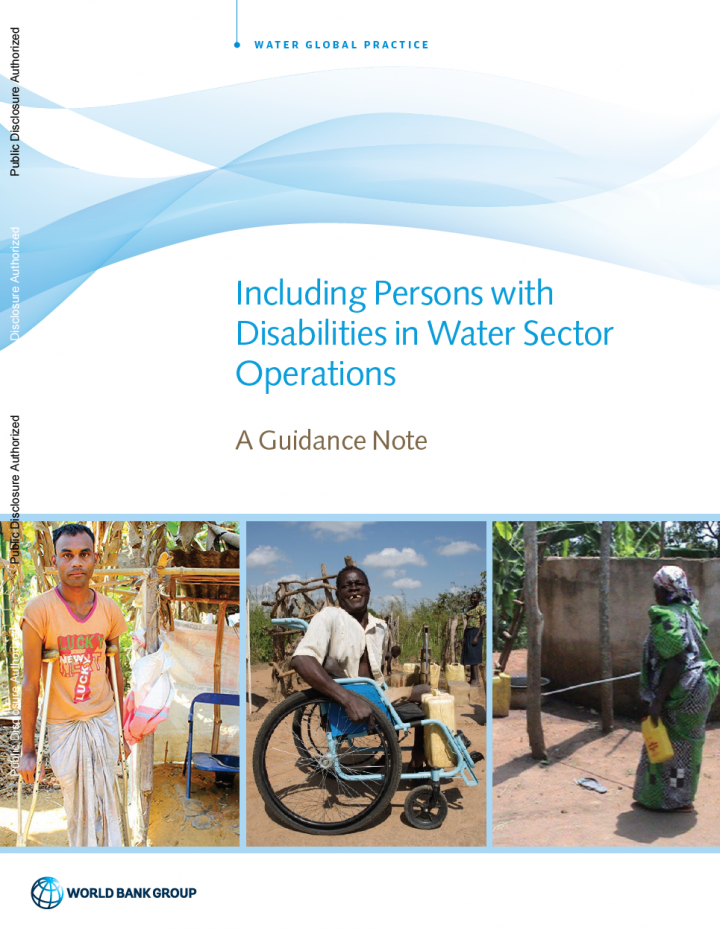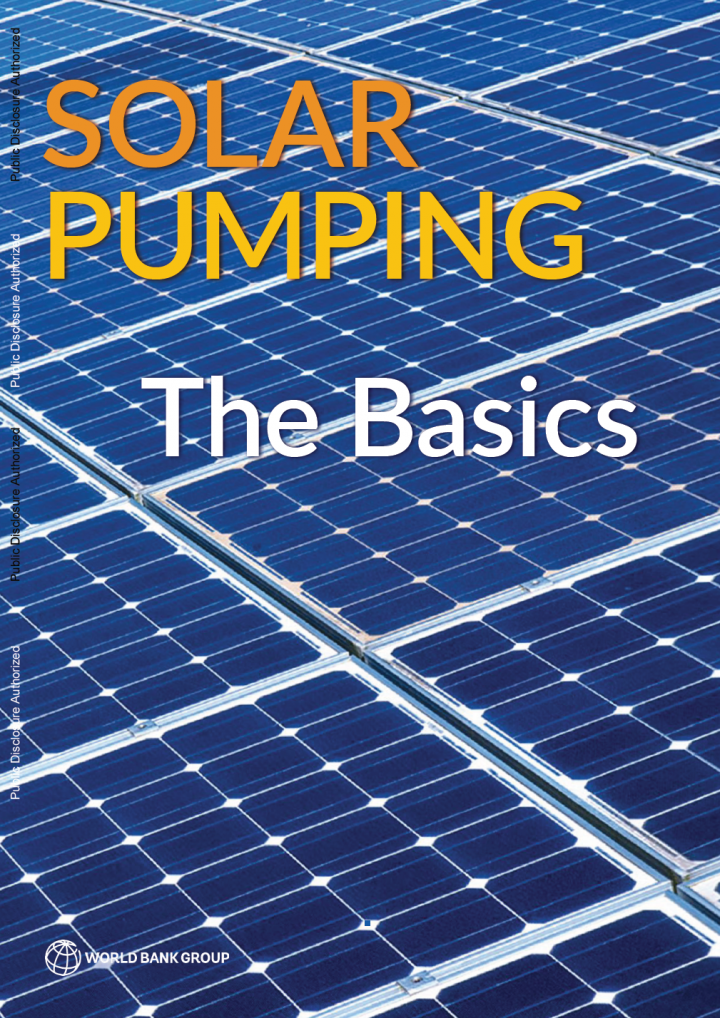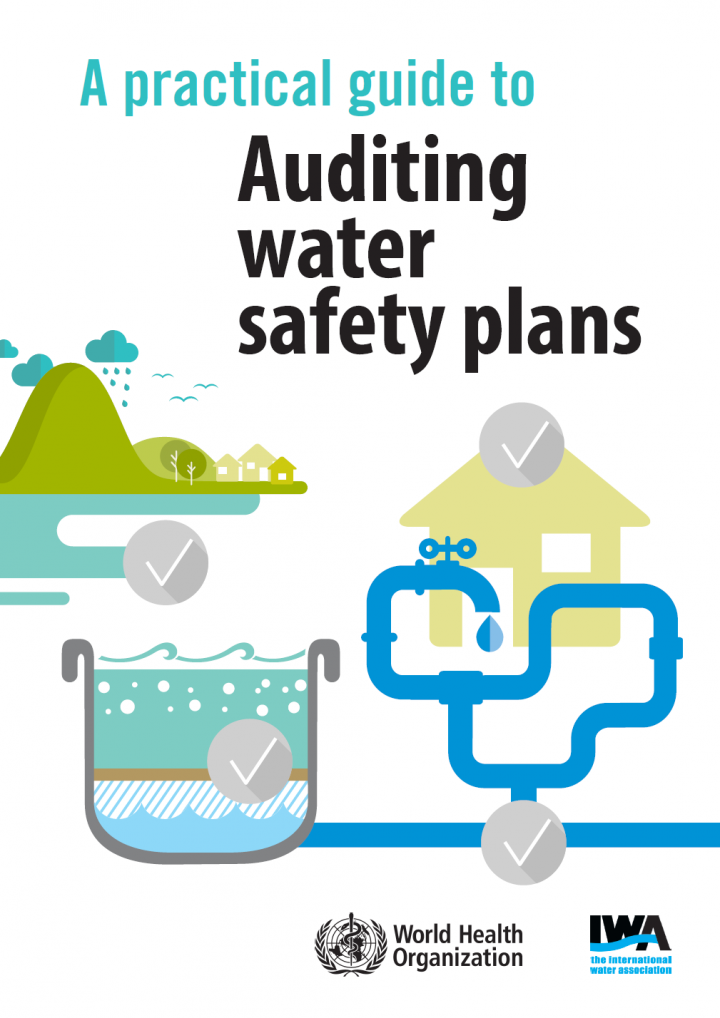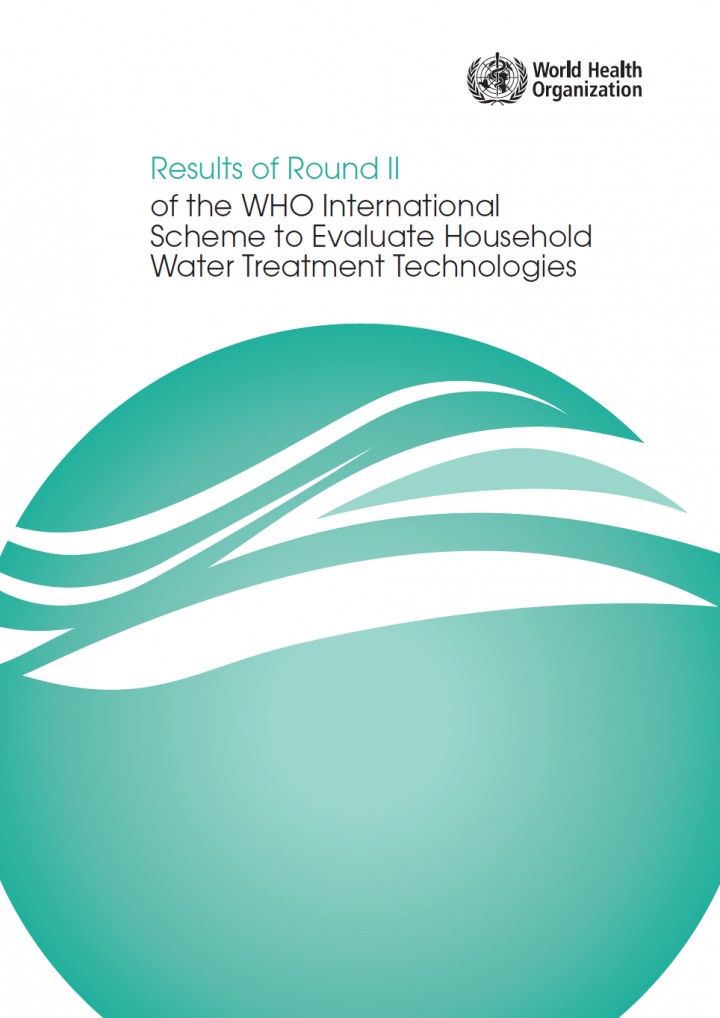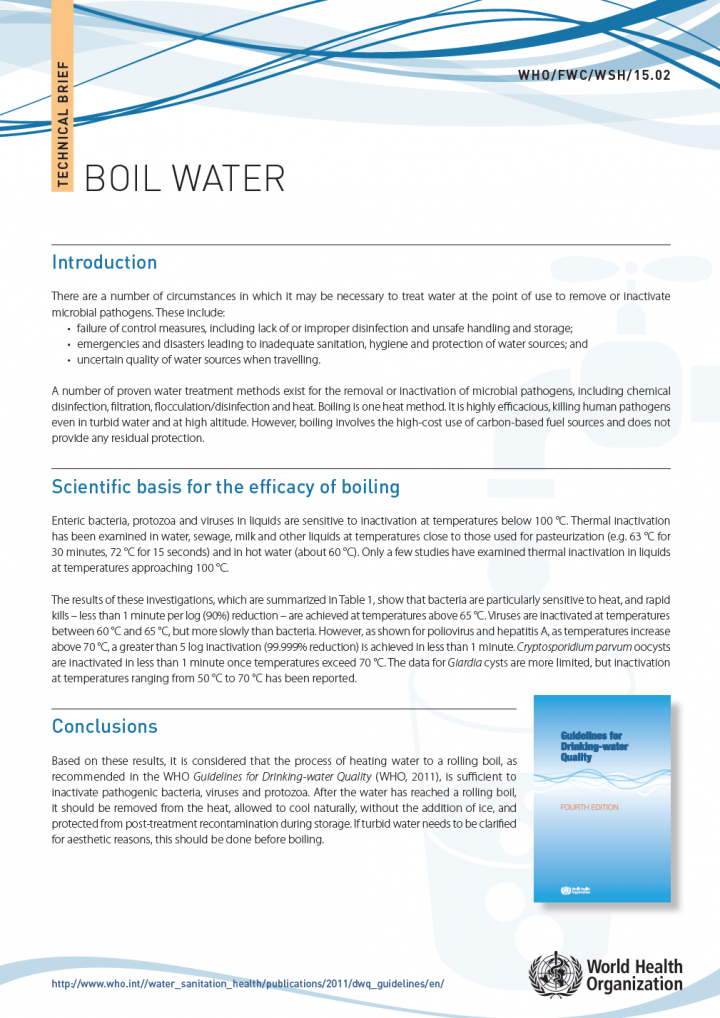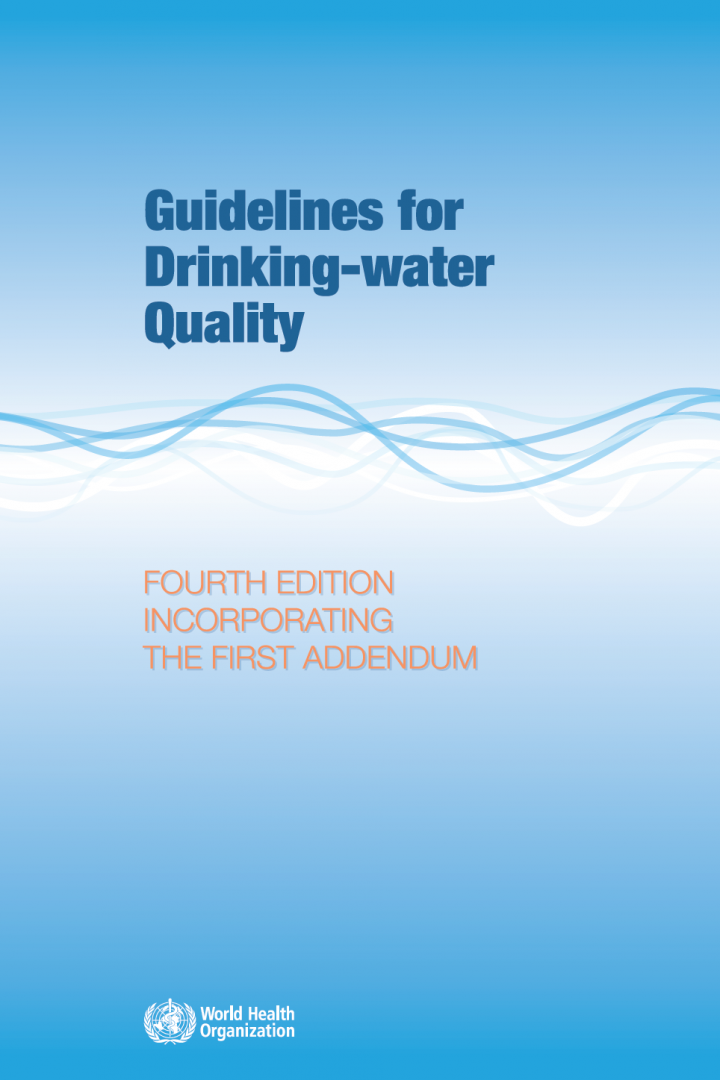Searching for information on Sanitation Workers?
The Sanitation Workers Knowledge + Learning Hub is the best source for all current news, trends, articles and updates on sanitation workers rights around the world.
In the treatment of Finnish surface waters, the main objective is to reduce natural organic matter (NOM) before the water is disinfected. In many treatment plants, granular activated carbon (GAC) filtration is applied for the enhanced removal of NOM after conventional treatment. The aim of this study was to assess the performance of two-step GAC filtration in NOM removal from cold humic lake …
Youth4Water was conceptualised to harness the power of youth to raise awareness and initiate action on water conservation and related fields such as sanitation and hygiene. It is heartening to know that the campaign has been able to mobilise thousands of youth across the state in just one year.
The youth got a firsthand opportunity to understand community conservation …
The Waranga panchayat in Hebri Taluk of Udipi district has seen an extensive change in the way it manages waste. Since 2017, the panchayat has initiated actions towards safely managing its solid waste. Waranga has achieved significant change and stands as an example to many panchayats on solid waste management (SWM). Being a Grade-I panchayat with 8000 population living in 1500 families, …
Madhya Pradesh is moving towards ensuring drinking water safety through accreditation of water testing laboratories and strengthening community level water quality surveillance systems
Water quality testing tools need to be used for deciding the safety of drinking water at source, within distribution system and at consumer level. Drinking Water quality monitoring and surveillance are distinct, …
The purpose of this document is to present to our key partners the IFRC’s definition of and perspectives on resilience. It also serves as a reference across the network of National Societies. We invite all key stakeholders to support the Red Cross Red Crescent’s operational work on resilience so that together we can bring about the serious changes
needed for sustainable development in the …
It is always better to use water from a clean source that’s stored in a safe way. However, this is not always possible, especially in an emergency. Something may have made the source unclean or unusable. Or a population may
not have access to clean containers or practice good hygiene behaviour. One approach to this problem is treating water at the household level. This is often a temporary …
Compared to conventional energy systems, the use of solar energy has some specific characteristics, which must
be considered when planning a Solar Powered Irrigation System (see DESIGNmodule). The following steps describe in detail the available configurations and individual system components of an SPIS operating
under constantly varying conditions due to daily and seasonal fluctuations. The …
One of the more challenging aspects of developing pasture and grazing land is providing access to a reliable water supply for livestock. In some cases, existing streams, creeks, or ponds provide drinking water for the livestock. When a surface water source is not available, wells can be drilled and pumps installed to provide water for the animals. In some instances, surface water may be …
A Water Safety Plan (WSP) is a preventive management approach used to assess and manage threats to a drinking water system— from catchment to consumer.It helps in the
• Management of activities in the watershed to control contamination of source water.
• Removal or inactivation of contaminants during treatment.
• Prevention of recontamination during distribution, storage, and …
Water is essential to life, health and dignity and access to it is a basic human right. All refugees should have assured access to adequate water of good quality, to sanitation facilities, and hygiene promotion practices. In emergencies a WASH response is critical, to reduce mortality and morbidity, and enhance refugees' protection, dignity and quality of life.
It is vital to monitor water …
This document provides an overview of what information to present and how to do so in the development of the Humanitarian Needs Overview. It should be read alongside the:
The HPC Step-by-Step re-asserts the sequence of the needs analysis and planning, with needs analysis directly informing the decision-making with regards to response, whether for the preparation of new plans or adjustments to …
This handbook supports the implementation of health programmes in deprived environments, in particular in closed settings like refugees and displaced persons camps, in health structure. The purpose is to increase the effectiveness with which relief workers can provide sound water, hygiene and sanitation assistance in precarious situations.
World wide attention is given to the prevention of failure of medium to large sized dams, with little attention being paid to small dams. As a result the physical condition of small dams is generally poor, making them susceptible to failure. However, small reservoirs are an important source of both primary and productive water for rural communities. It is against this background that this study …
Sustainable and affordable supply of clean, safe, and adequate water is one of the most challenging issues facing the world. Membrane separation technology is one of the most cost-effective and widely applied technologies for water purification. Polymeric membranes such as cellulose-based (CA) membranes and thin-film composite (TFC) membranes have dominated the industry since 1980. Although …
The Nicaraguan rope pump has stimulated widespread interest throughout Central America due to its low cost, efficiency, durability and low maintenance needs. The pump is based on a centuries-old design that was refined during the 1980s and 1990s. Suitable for use at either a community or family level, the pump operates as well as other, more expensive pumps such as the Afridev and India Mark II …
Globally, more than a billion people—approximately 15 percent of the world’s population, or one in seven persons—have disabilities. Of those, 80 percent live in developing countries. This number is expected to increase as the prevalence of disability is impacted by disease, war and conflict, natural disasters, and road traffic injuries, among other factors. In addition, persons over the age …
Solar photovoltaic water pumping (SWP) uses energy from solar photovoltaic (PV) panels to power an electric water pump. The entire process, from sunlight to stored energy, is elegant and simple. Over last seven years, the technology and price of solar pumping have evolved dramatically and hence the opportunities it presents. Solar pumping is most competitive in regions with high solar insolation, …
Delivering safe and sustainable water supplies presents a fundamental challenge for an urbanising planet. Approximately 1.5 million people migrate to cities and their peri-urban fringes each week, and the fastest growth occurs in small to intermediate sized cities where infrastructure and governance capacity lag (Birkmann et al., 2016). Piped water systems are struggling to keep pace. In this …
Water safety plans (WPS) have been implemented in every region of the world, and many implementing countries have included WSPs in drinking-water policies or regulations. Enforcement of WSP requirements, as well as general WSP success and sustainability, requires ongoing WSP auditing, i.e. independent and systematic checks of WSP completeness, implementation in practice and effectiveness.
The …
Since the establishment of the International Scheme to Evaluate Household Water Treatment Technologies (the Scheme) in 2014, WHO has been independently evaluating the performance of household water treatment (HWT) technologies in removing microbial contaminants from drinking-water. The results of the evaluation are intended to guide procuring United Nations (UN) agencies and Member States in HWT …
There are a number of circumstances in which it may be necessary to treat water at the point of use to remove or inactivate microbial pathogens. These include:
• failure of control measures, including lack of or improper disinfection and unsafe handling and storage;
• emergencies and disasters leading to inadequate sanitation, hygiene and protection of water sources;
• uncertain …
The fourth edition of the World Health Organization’s (WHO) Guidelines for drinking-water quality (GDWQ) builds on over 50 years of guidance by WHO on drinking-water quality, which has formed an authoritative basis for the setting of national regulations and standards for water safety in support of public health.
It is the product of significant revisions to clarify and elaborate on ways of …

